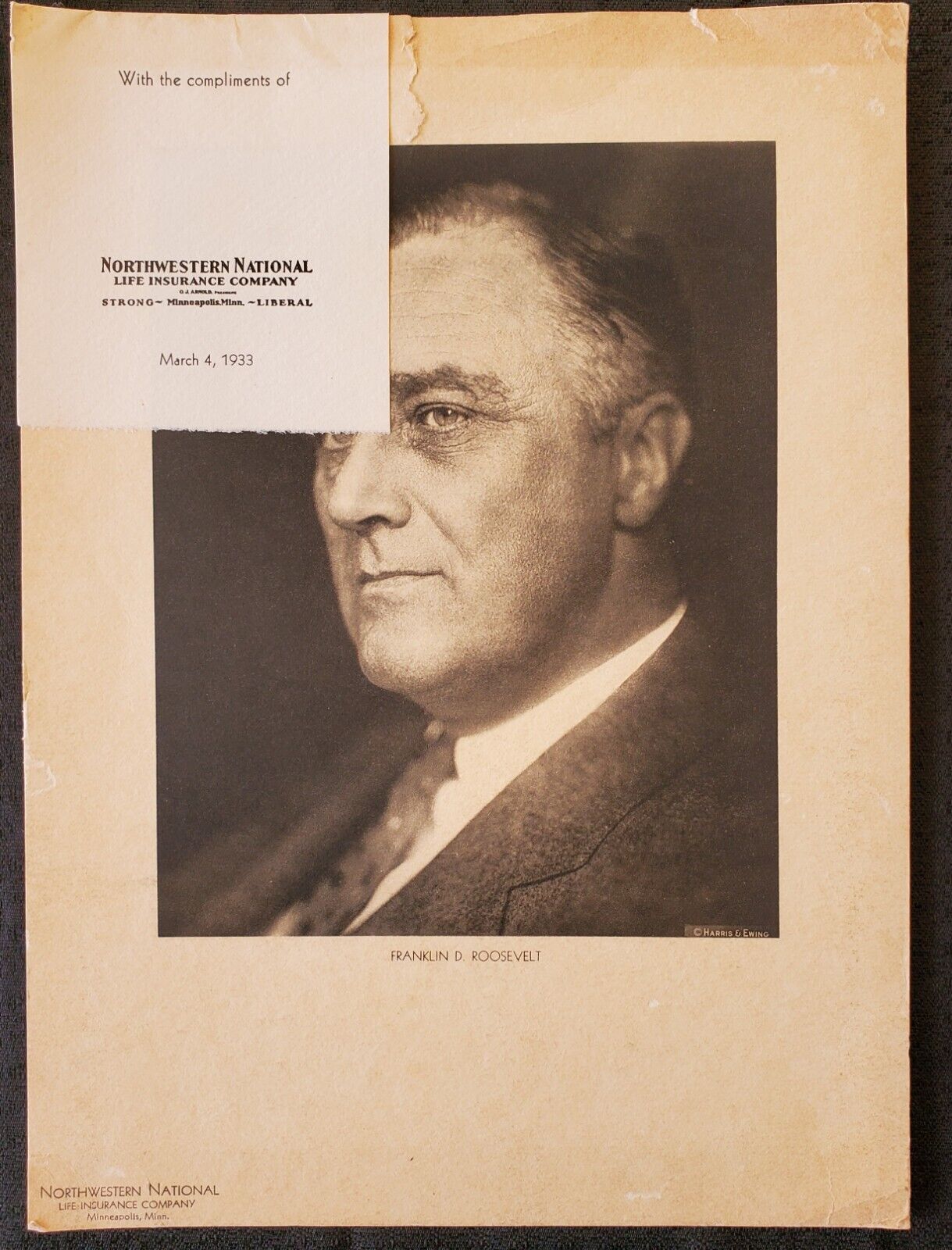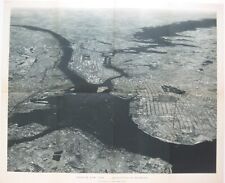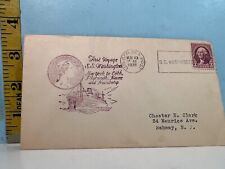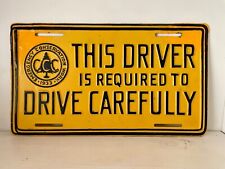1933 US President Franklin D. Roosevelt 10x12 Harris & Ewing Lithograph Print For Sale

When you click on links to various merchants on this site and make a purchase, this can result in this site earning a commission. Affiliate programs and affiliations include, but are not limited to, the eBay Partner Network.
1933 US President Franklin D. Roosevelt 10x12 Harris & Ewing Lithograph Print:
$99.00
This 1933 US President Franklin D. Roosevelt 10x12 Harris & Ewing 1900s Lithograph Print is the exact item you will receive and has been certified Authentic by REM Fine Collectibles.Franklin Delano Roosevelt (January 30, 1882 – April 12, 1945), commonly known by his initials FDR, was an American statesman and politician who served as the 32nd president of the United States from 1933 until his death in 1945.
He was a member of the Democratic Party and is the only U.S. president to have served more than two terms. His initial two terms were centered on combating the Great Depression, while his third and fourth saw him shift his focus to America's involvement in World War II.
A member of the Delano family and Roosevelt family, after attending university, Roosevelt began to practice law in New York City. He was elected a member of the New York State Senate from 1911 to 1913 and was then the assistant secretary of the Navy under President Woodrow Wilson during World War I.
Harris & Ewing Inc. was a photographic studio in Washington, D.C. established by George W. Harris and Martha Ewing. As a rookie news photographer, G. W. Harris in 1903 joined President Theodore Roosevelt's press entourage on a train trip. Roosevelt urged him to open a studio in Washington D.C. Harris and Martha Ewing opened their studio in 1905 at 1313 F Street NW.
By the late 1930s Harris & Ewing was the largest photographic studio in the United States; at its peak, it had five studios, 120 employees, and a news photo service, which, like Underwood & Underwood, employed large numbers of freelance photographers. Although it was particularly known for formal portraits of government figures, it was a full service photographic firm. On his retirement, Harris gave some 700,000 glass and film negatives to the Library of Congress. They are preserved as the Harris & Ewing Collection in the Prints and Photographs Division.
In 1921, Roosevelt contracted a paralytic illness that permanently paralyzed his legs. Partly through the encouragement of his wife, Eleanor Roosevelt, he returned to public office as governor of New York from 1929 to 1933, during which he promoted programs to combat the Great Depression. In the 1932 presidential election, Roosevelt defeated Republican president Herbert Hoover in a landslide.
During his first 100 days as president, Roosevelt spearheaded unprecedented federal legislation and directed the federal government during most of the Great Depression, implementing the New Deal in response to the most significant economic crisis in American history.
He also built the New Deal coalition, realigning American politics into the Fifth Party System and defining American liberalism throughout the mid-20th century. He created numerous programs to provide relief to the unemployed and farmers while seeking economic recovery with the National Recovery Administration and other programs.
He also instituted major regulatory reforms related to finance, communications, and labor, and presided over the end of Prohibition. In 1936, Roosevelt won a landslide reelection with the economy having improved from 1933, but the economy relapsed into a deep recession in 1937 and 1938.
With World War II looming after 1938 in addition to the Japanese invasion of China and the aggression of Nazi Germany, Roosevelt gave strong diplomatic and financial support to China, the United Kingdom, and the Soviet Union, while the U.S. remained officially neutral. Following the Japanese attack on Pearl Harbor on December 7, 1941, he obtained a declaration of war on Japan.
After Germany and Italy declared war on the U.S. on December 11, 1941, the U.S. Congress approved a declaration of war in return. He worked closely with other national leaders in leading the Allies against the Axis powers. Roosevelt supervised the mobilization of the American economy to support the war effort and implemented a Europe first strategy.
He also initiated the development of the first atomic bomb and worked with the other Allied leaders to lay the groundwork for the United Nations and other post-war institutions, even coining the term "United Nations". Roosevelt won reelection in 1944 but died in 1945 after his physical health seriously and steadily declined during the war years.

Related Items:
1933 US Army Air Corps Aerial Photo Map NEW YORK CITY Manhattan Brooklyn Bronx
$24.99
1933 US Washington Envelope/sealed Letter-Canceled 3 Cent Washington Stamp
$33.10
RARE VINTAGE CCC CIVILIAN CONSERVATION CORPS LICENSE PLATE 1933 US GOV
$325.00



